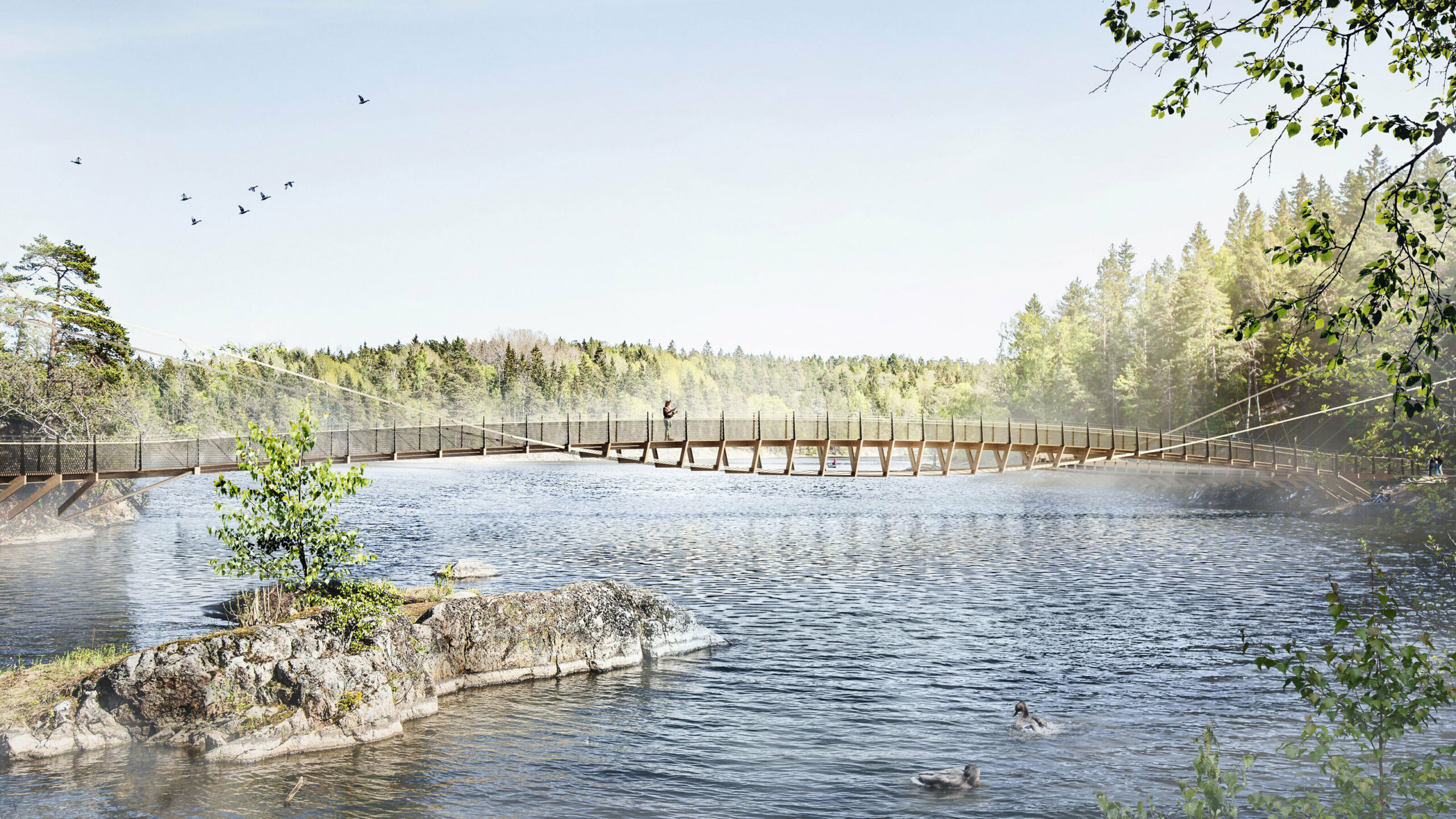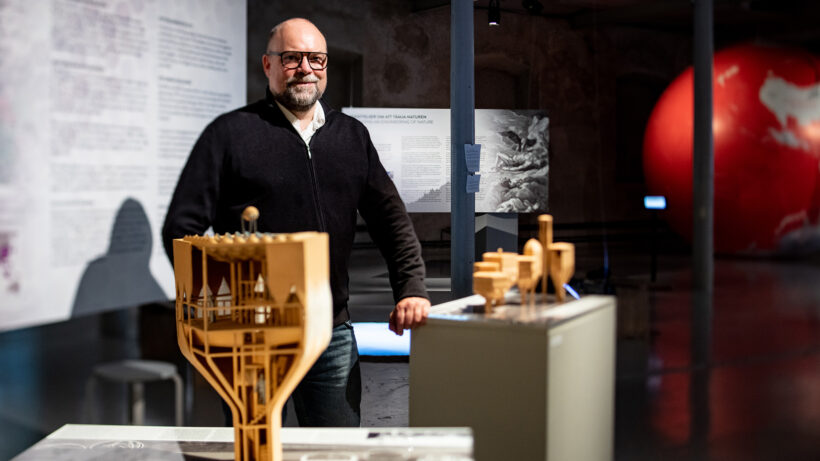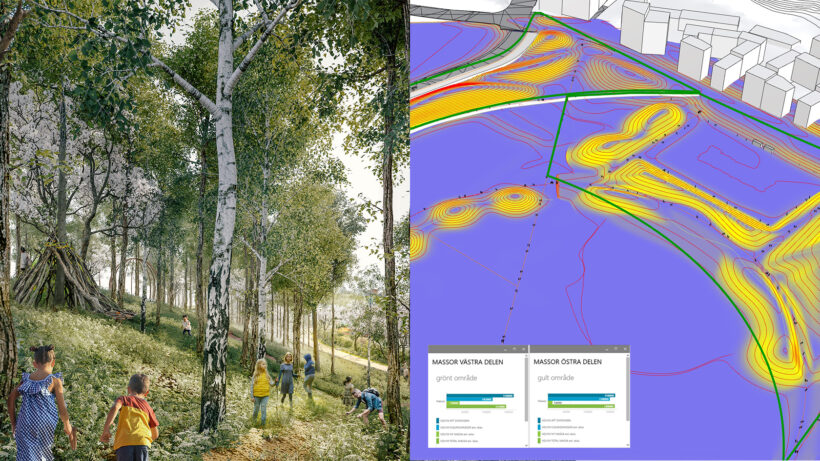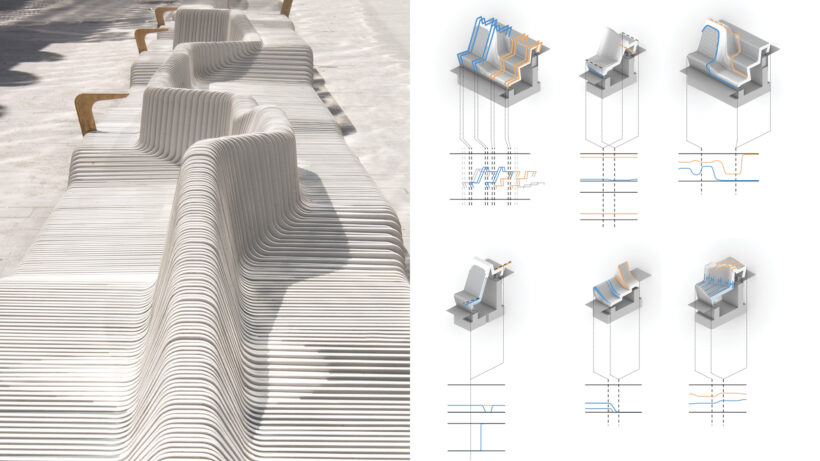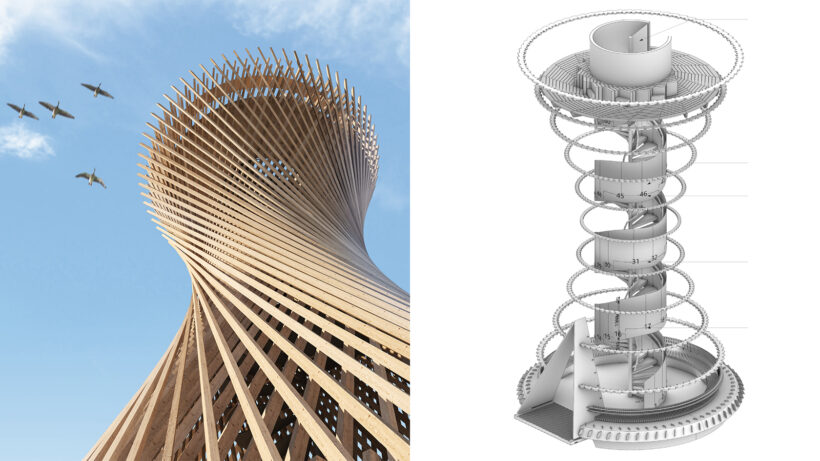The escalating resource consumption caused by humanity and the release of greenhouse gases has led to a climate crisis that drives the development of new technologies. Complete industries are forced to change direction or intensify already existing processes of change. How can a conscious exploration of dynamic workflows create sustainable and expressive buildings and cities?
Computational design is one way forward – design processes governed by computational procedures generating climate smart buildings and construction processes. Advanced design tools allow specialists and stake holders to formulate, simulate and assess the outcome of the different decisions of the design process. According to the architect and researcher Jonas Runberger, Head of Computational Design at White Arkitekters’s digitalisation practice Digital Matter, the processes for the creation of the architecture of tomorrow are already in use today.
